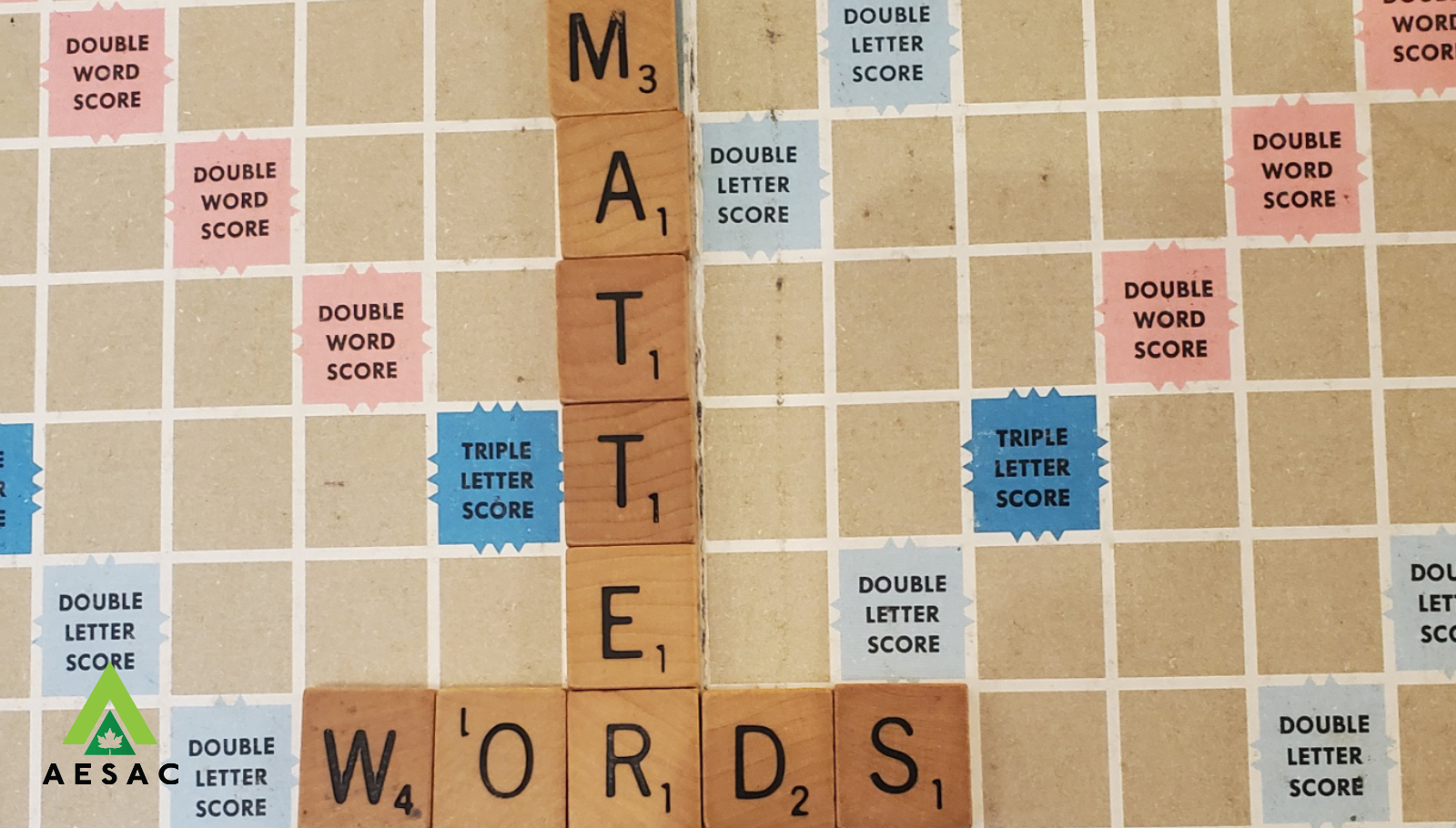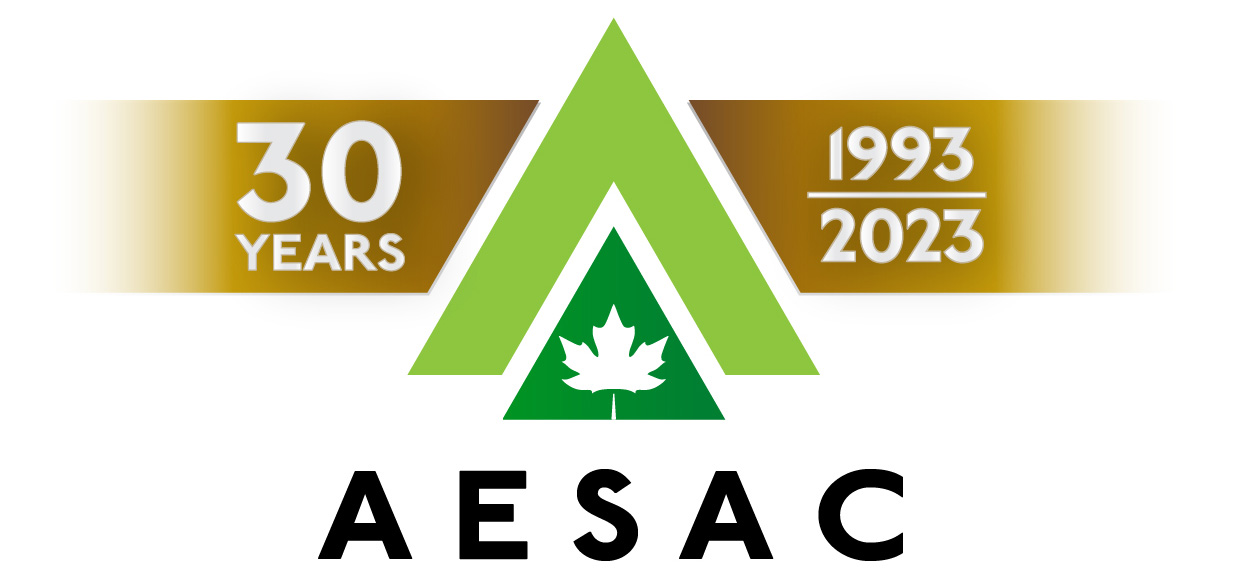- Home
- Training Courses
- Membership
- About Us
- Instructors Blog
- December 2023: All I Want For Christmas
- November 2023: ESA Report Reviews
- October 2023: Can AI Write an ESA Report?
- September 2023: Getting Paid... or Not
- August 2023: Take Me Back...
- July 2023: To Bid or Not To Bid
- June 2023: Selecting a Supplier
- April 2023: Phase 1 Problems, Part 3
- March 2023: Phase 1 Problems, Part 2
- February 2023: Phase 1 Problems, Part 1
- January 2023: Working Outside in Winter
- 2022 Blogs
- 2021 Blogs
- December 2021: Asbestos in your Home
- Sept 2021: Dirty Jars And Other Bad Things… Part 2
- August 2021: Dirty Jars And Other Bad Things… Part 1
- July 2021: How do you want that drawing to look? Part 2
- June 2021: How Did You Want That Drawing To Look? Part 1
- April 2021: So You Need a RSC... Part 2
- March 2021: So You Need a RSC... Part 1
- February 2021: What's In Your Toolbox? Part 2
- January 2021: What's In Your Toolbox? Part 1
- 2020 Blogs
- December 2020: A Day in the Life, Part 2
- November 2020: A Day in the Life, Part 1
- October 2020: Exploring Your Career Path
- September 2020: So You Want To Start Your Own Business - Part 2
- August 2020- So You Want to Start Your Own Business
- June 2020: Effective Communication
- May 2020: Tips For Working From Home
- April 2020: Conducting ESA’s During a Pandemic
- March 2020: It's Not Easy Being Green
- February 2020: Looking Ahead; Bold Predictions for the Next Decade
- January 2020: Looking Back; A Decade in Review
- 2019 Blogs
- 2018 Blogs
- 2017 Blogs
- 2016 Blogs
- 2015 Blogs
- Find an AESAC Member
Menu- Home
- Training Courses
- » Training Courses
- » Webinar Series
- » Calendar of Events
- » Course Registration
- » Course Instructors
- » Testimonials
- Membership
- » Become a Member
- » Certifications
- » Membership Search
- » Update Member Profile
- » Members Only
- » » Member Login
- » » Membership Renewal
- » » Create/Change Password
- » » CESA Certification Application
- About Us
- » About AESAC
- » Course Instructors
- » Contact Us
- Instructors Blog
- » December 2023: All I Want For Christmas
- » November 2023: ESA Report Reviews
- » October 2023: Can AI Write an ESA Report?
- » September 2023: Getting Paid... or Not
- » August 2023: Take Me Back...
- » July 2023: To Bid or Not To Bid
- » June 2023: Selecting a Supplier
- » April 2023: Phase 1 Problems, Part 3
- » March 2023: Phase 1 Problems, Part 2
- » February 2023: Phase 1 Problems, Part 1
- » January 2023: Working Outside in Winter
- » 2022 Blogs
- » » December 2022: Advice To My Younger Self
- » » October 2022: Pre-Purchase Due Diligence
- » » Sept 2022: Words Matter
- » » July 2022: Let Us Come To You
- » » April 2022: Due Diligence
- » » March 2022: Time Management
- » » February 2022: Spinning Augers... Part 2
- » » January 2022: Spinning Augers... Part 1
- » 2021 Blogs
- » » December 2021: Asbestos in your Home
- » » Sept 2021: Dirty Jars And Other Bad Things… Part 2
- » » August 2021: Dirty Jars And Other Bad Things… Part 1
- » » July 2021: How do you want that drawing to look? Part 2
- » » June 2021: How Did You Want That Drawing To Look? Part 1
- » » April 2021: So You Need a RSC... Part 2
- » » March 2021: So You Need a RSC... Part 1
- » » February 2021: What's In Your Toolbox? Part 2
- » » January 2021: What's In Your Toolbox? Part 1
- » 2020 Blogs
- » » December 2020: A Day in the Life, Part 2
- » » November 2020: A Day in the Life, Part 1
- » » October 2020: Exploring Your Career Path
- » » September 2020: So You Want To Start Your Own Business - Part 2
- » » August 2020- So You Want to Start Your Own Business
- » » June 2020: Effective Communication
- » » May 2020: Tips For Working From Home
- » » April 2020: Conducting ESA’s During a Pandemic
- » » March 2020: It's Not Easy Being Green
- » » February 2020: Looking Ahead; Bold Predictions for the Next Decade
- » » January 2020: Looking Back; A Decade in Review
- » 2019 Blogs
- » » November 2019
- » » September 2019
- » » August 2019
- » » July 2019
- » » May 2019
- » » March 2019
- » » February 2019
- » » January 2019
- » 2018 Blogs
- » » November 2018
- » » October 2018
- » » September 2018
- » » August 2018
- » » July 2018
- » » June 2018
- » » May 2018
- » » March 2018
- » » February 2018
- » » January 2018
- » 2017 Blogs
- » » April 2017
- » » June 2017
- » » August 2017
- » » September 2017
- » » December 2017
- » 2016 Blogs
- » » October 2016
- » » September 2016
- » » August 2016
- » » July 2016
- » » June 2016
- » » March 2016
- » » January 2016
- » » December 2016
- » » November 2016
- » 2015 Blogs
- » » April 2015
- » » July 2015
- » » September 2015
- » » October 2015
- » » December 2015
- Find an AESAC Member
Those who know me and my reporting/reviewing style, know I am a stickler for proper grammar, formatting and wording. In my opinion any report should be not only technically correct, but organized, well written, and easy to understand. Words, and how we use them really do matter. Even minor errors in wording can lead to mis-interpretation, embarrassment for the report author, and potentially serious financial or legal consequences. Here then are a few things for consultants to consider when choosing their words.
Be Clear in What You Say
It’s important that report users and stakeholders understand all aspects of the report from the initial scope of work to the final recommendations. These items should follow a logical progression where the observations and findings lead to, and support, the conclusions. Any limitations or deviations should be addressed and a defensible rationale provided, especially if they could affect the report conclusions. For Phase I ESA reports, stakeholders always want to know if a Phase II ESA is needed, and for Phase II ESAs they need to know if contamination is present and what next steps to undertake; so be very clear in your conclusions and recommendations.Be Careful What You Say
Too often consultants can get tripped up by their own choice of words, especially when it comes to obtaining regulatory approvals or a favourable peer review. Be careful in the way you describe site or environmental conditions at a property. Calling an area with some cat-tails a Wetland, or conversely mis-labelling a Provincially Significant Wetland as a low-lying area; can potentially lead to big problems. The writer should also be wary of over using ‘red-flag’ words such as ‘contamination’ and ‘environmental impacts’, until/unless such ‘potential impacts’ are confirmed to have resulted in ‘actual contamination’. Careful consideration should be given to accurate use of other descriptors such as ‘minor’, ‘significant’, or ‘wide-spread’.Be Concise In How You Say Things
Most reports have a lot of data to present, and often get very technical, lengthy and hard to digest for many readers. The writer should spend time reviewing data and organizing their thoughts before report writing in order to present the data in a concise and logical manner. Where possible, avoid repetition; although some regulatory formats include and require repetitious sections. Strategic use of tables, bullet-points and acronyms (include a glossary) can cut down on wordiness, and save a few pages of reporting.Be Descriptive In Your Choice Of Words
I sometimes read a report that describes “a big pile of dirt out back” or “area of interior staining” that were observed at a site. While we strive to be concise in our wording, we must also avoid being overly vague. Consider providing a more quantitative and qualitative description of such items, which will be more useful to report users and reviewers. A better description for the above would be “a stockpile of apparent topsoil with occasional rubble and brick inclusions, with an estimated volume of 100 m3, located along the midpoint of the south property line”. Or, “surficial oil-like staining on the concrete floor in the NW corner of the production area, measuring approximately 5m2 in area”. Strive to be accurate, concise and descriptive at the same time. Its not as easy as it sounds.In summary, it’s just as important what you say (report), as how you say (report) it.
Bill Leedham, P. Geo., CESA
Bill is the Head Instructor and Course Developer for the Associated Environmental Site Assessors of Canada (www.aesac.ca); and the founder and President of Down 2 Earth Environmental Services Inc. You can contact Bill at info@down2earthenvironmental.ca
Training Courses
Membership
About Us
Contact UsCopyright (c) 2024 Associated Environmental Site Assessors of Canada; AESAC Inc.



